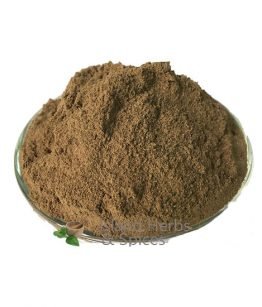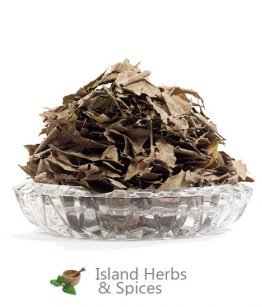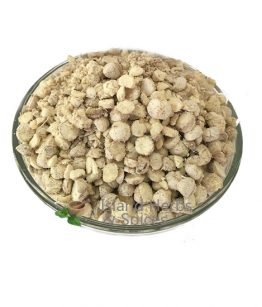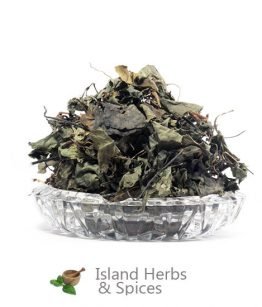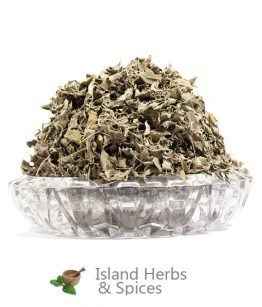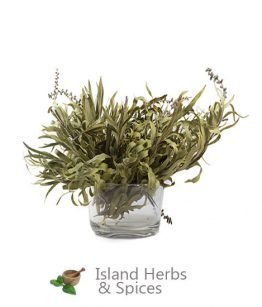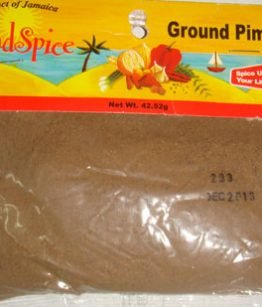Benefits of custard apple (Annona reticulata)
What is custard apple (Annona reticulatar)
Custard apple is a deciduous sub-tropical tree which belongs to the family annonaceae. The trees are large and spread wide. It is shaded by drooping leaves which are wide. Also decorating the tree are light yellow flowers which assume the shape of a trumpet and have an acrid sweet smell. The smell especially fills the air during the late afternoons when the pollen sacks of the male gamete burst open. The flowers are numerous but only a few of them manage to produce fruit. The fruit matures after 20-25 weeks especially in the sub-tropical climates where the temperatures of the night are not too low and those of the day are not too high.
The two varieties of the custard apple are both juicy sweet and full of flavor. The main varieties are Pink Mammoth (also the Hillary White) and African Pride. Custard apples measure approximately 8-16 cm. Determining whether or not the fruit is ready to be eaten is done by applying little force on it using your fingers, when ripe, it easily gives in to the force. Bananas are known to accelerate their ripening; hence they take a shorter time to ripe while with a banana than while on the tree.
How to use custard apple (Annona reticulata)
The bark of the custard apple has got a number of uses. To use it, you scrap off the bark of the Annona reticulata. The bark is somewhat hard and calls for pounding or grounding to ensure that the useful ingredients are well exploited. The pounded bark is heated or boiled to concentrate the essential ingredients.
The custard apple is used to prepare herbal medicines which are used to relieve various conditions. The astringents and the tannins contained in the bark of the tree help in relieving a patient of toothache and backache.
Health benefits of custard apple (Annona reticulata) bark
Tannins occur naturally on the barks of custard apple. Tannins have got styptic and astringent characteristics. For these properties, it is used to treat pharyngitis, hemorrhoids, skin eruptions and tonsillitis. Internal administration of tannins may be used to help stop diarrhea and bleeding which occur in the intestines.
Tannin obtained from the barks of custard apple may be used as an antidote for alkaloidal, metallic and glycosidic poisons. It succeeds in doing this by forming an insoluble precipitate with the poison.
Also very important from the bark of the custard apple, is a chemical composition known as the astringent. According to their mode of action, the astringents are classified into three.
- Epinephrine and cocaine: Reduce the supply of blood by making the small blood vessels narrow
- Glycerol and alcohol: “Sips” water from tissues
- Calamine or alum: coagulates the layers of the superficial tissues into crust.
This chemical composition is used in shrinking the mucous membranes that are swollen as a result of inflammations on the gastrointestinal, nasal and urinary passages. When there are excessive secretions, astringents are used to dry them up. They are also important in stopping bleeding.
NOTE: We highly recommend that before using any herbal medications you should consult your health care provider or medical doctor for professional advice.
Disclaimer: All herbs and spices listed on http://islandherbsandspices.com/ or sold for medical and household use only, again we advice that before using any HERBS for medical purposes, please consult your physician.

